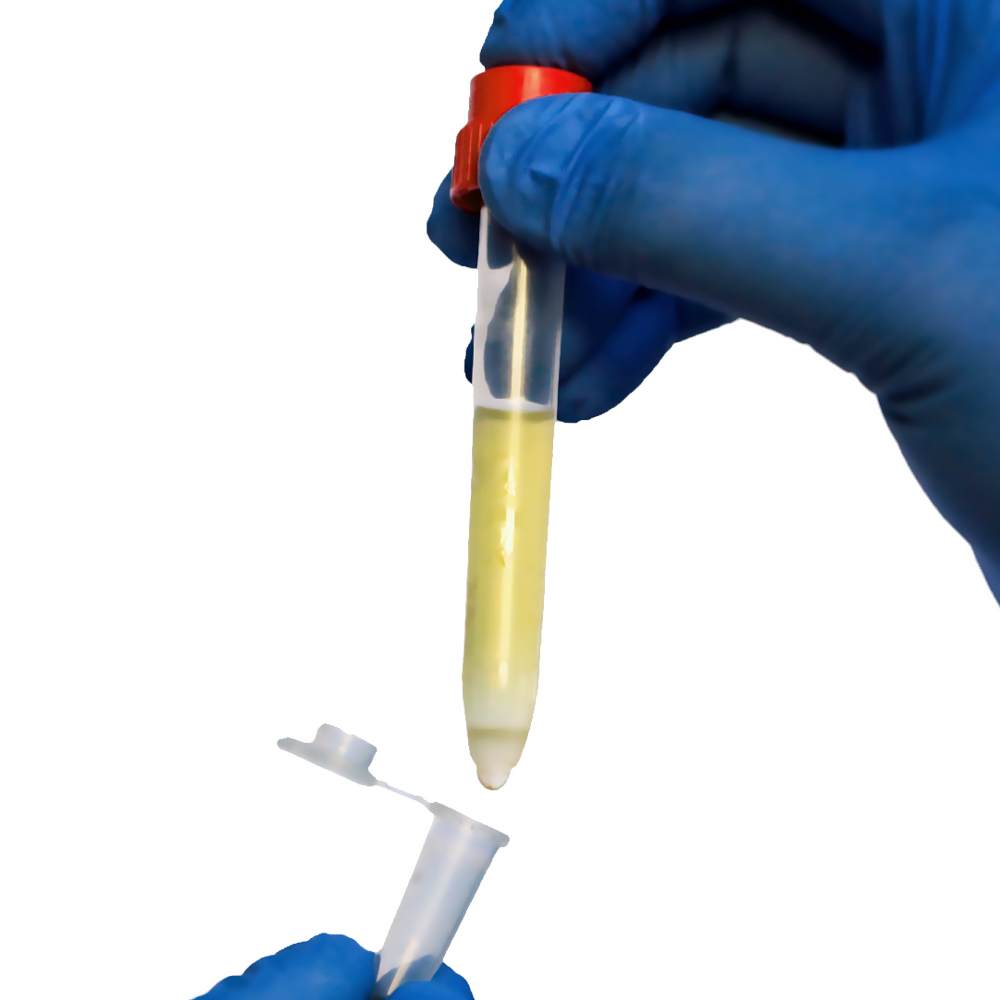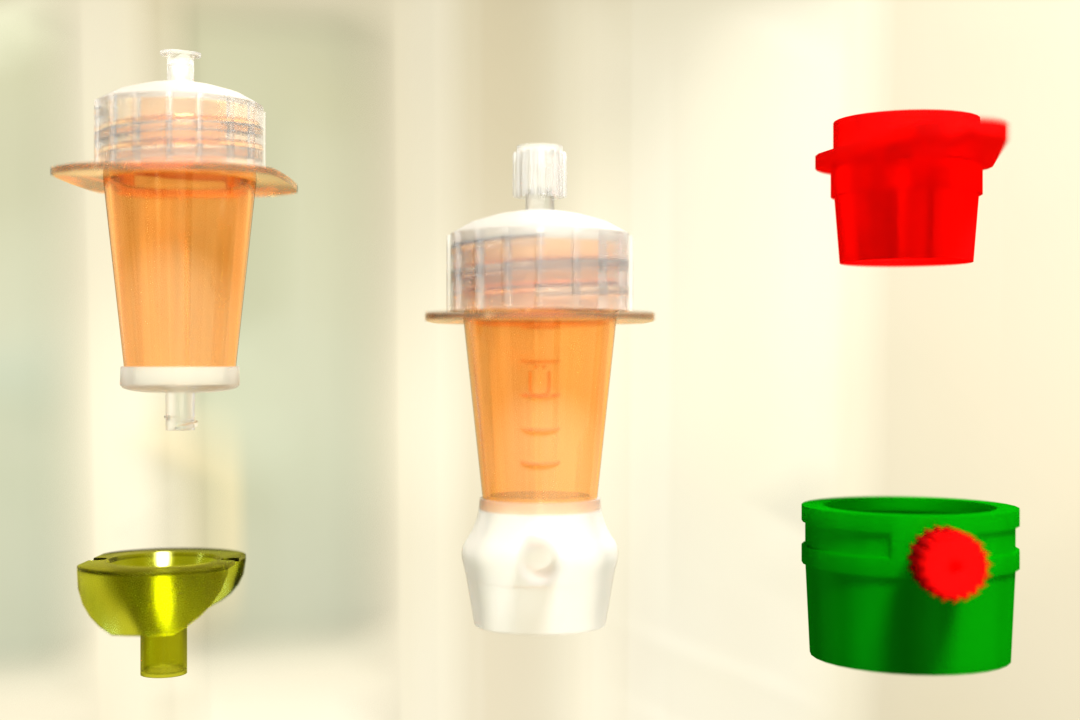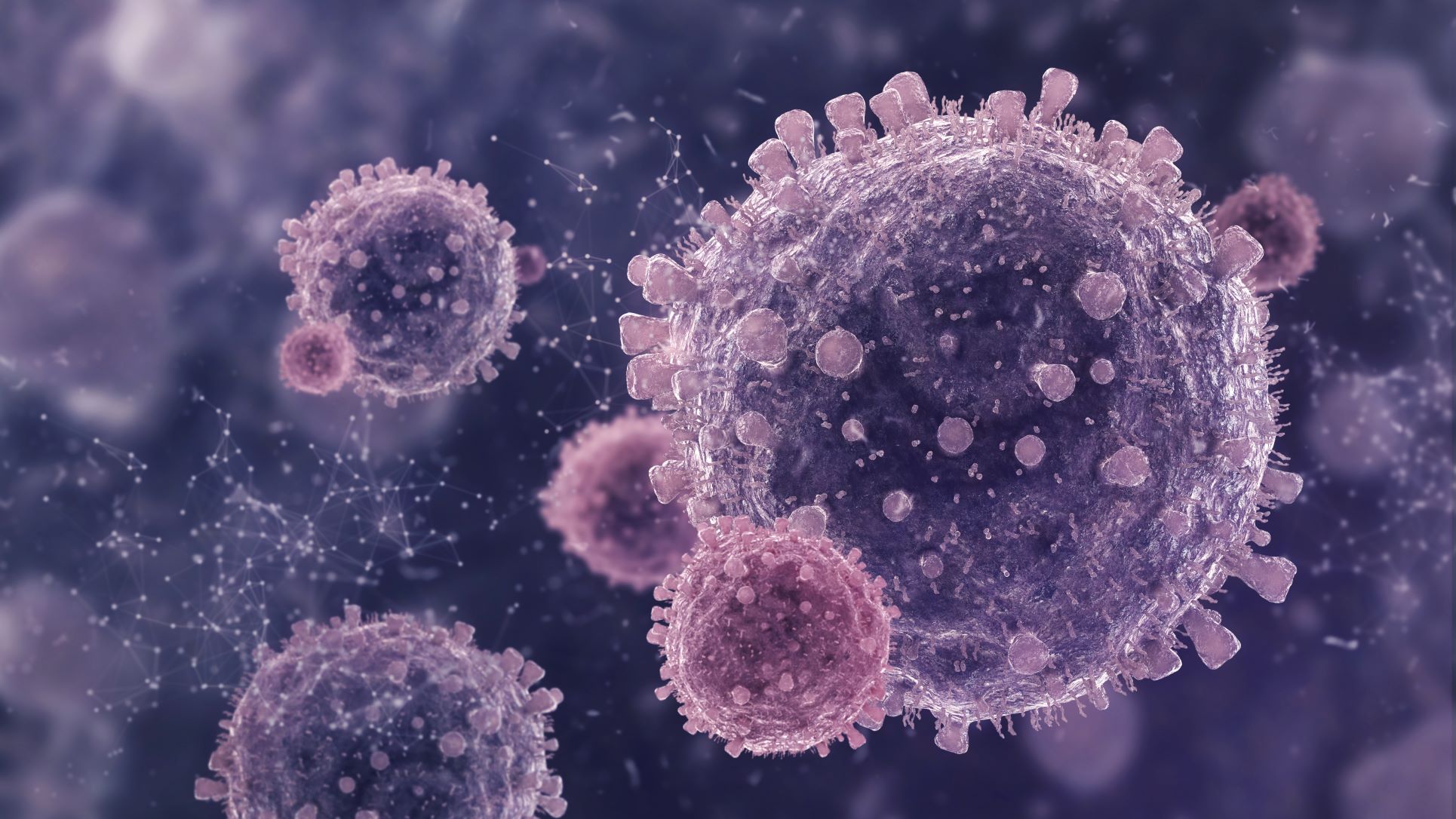This guide delves into mastering particle separation techniques, highlighting both positive and negative cell isolation methods and innovative technologies like pluriBead and pluriSpin
Particle separation techniques play a crucial role in various fields, from medical research to biotechnology. These techniques allow scientists to isolate specific cell populations or particles from complex mixtures efficiently. In this comprehensive article, we will delve into the world of particle separation techniques, focusing on both positive and negative cell separation methods. Whether you are a seasoned researcher or just starting in this field, we’ll provide you with valuable insights to master these techniques.
Introduction to Particle Separation Techniques
Particle separation techniques are essential tools in life sciences, enabling the isolation of specific cells or particles from heterogeneous samples. These techniques are particularly vital for applications like cell enrichment, which involves isolating specific cell types from complex mixtures, such as whole blood.
In the realm of particle separation techniques, one primary keyword stands out: particle separation techniques. This term encapsulates a wide range of methodologies aimed at achieving precise separation of particles or cells, leading to enriched and purified samples.
The Importance of Cell Enrichment
Cell separation is a fundamental step in many research areas, including immunology, oncology, and stem cell biology. Researchers often need to enrich specific cell populations, such as CD3-positive lymphocytes, CD14-positive monocytes, or CD19-positive B-cells, directly from whole blood. To achieve this, they can utilize either positive or negative (depletion) selection methods, both of which are antibody-based.
Positive Cell Separation with pluriBead
Positive selection involves the direct binding of a specific antibody to the cell type of interest. This causes the labeled cells to bind with the antibody while unwanted cells remain unbound. Here are the advantages of positive cell separation with pluriBead:
- The absence of antibody-bound beads in the flow-through enables its utilization in subsequent positive or negative cell enrichment procedures, optimizing resource utilization and efficiency.
- Enrichment with pluriBead can be performed without prior preparation of whole blood.
- Contamination with unbound cells, especially platelets or erythrocytes, is minimal when isolating cells directly from whole blood.
- Positive separation is faster, cost-effective, and results in higher purity.
Negative Cell Isolation with pluriSpin
Negative cell selection, on the other hand, removes all unwanted cells. In contrast to positive selection, where only the cells of interest are bound to specific antibodies, negative selection binds all cells except those of interest. This ensures that the desired cells remain “untouched” by antibodies or beads in the sample material.
Advantages of negative cell isolation with pluriSpin include:
- Cells undergo minimal stress as they are not required to pass through a column.
- The target cells are free of antibodies and beads, minimizing the risk of unwanted activation or blocking.
- It allows for the isolation of highly purified cells in one step without the need for magnets or columns.
Understanding pluriBead Technology
pluriBead technology is a non-magnetic particle-based method for separating cell mixtures. These microparticles, or beads, are coated with monoclonal antibodies (mAb) that specifically target structures on the surface of the desired cells. The process involves incubation, washing, and detachment:
Incubation: During this step, the target cells in suspension bind to the PluriBeads.
Washing: The bead-bound target cells are isolated from the sample material by sieving, with bead-free cells running into a separate tube.
Detachment: Target cells are detached from the beads using a detachment buffer directly on the strainer, and they are then washed into a fresh tube while the depleted beads remain on the strainer.
One significant advantage of pluriBead technology is that it does not require pre-treatment of blood, such as density centrifugation or erythrolysis, making it convenient for various research applications.
Addressing Platelet Contamination with pluriSpin Depletion
Platelet contamination can be a significant concern when working with cell samples, especially in situations where purity is crucial. Platelets can interfere with various research processes and analyses. However, pluriSpin Human PLT Depletion offers a solution to this problem:
Depletion without the use of beads: This method effectively removes platelets without introducing beads into the sample.
Increases purity through density gradient centrifugation: PluriSpin Human PLT Depletion isolates pure, viable, and untouched platelets-low populations from whole blood, buffy coat, cord blood, or similar sample materials.
Compatibility with other negative separation techniques: It can be combined with other negative separation techniques, such as pluriSpin CD45 Depletion, to further improve rare cell enrichment techniques.
Minimum manipulation of blood samples: Compared to standard protocols with platelet density gradients, pluriSpin Human PLT Depletion requires shorter centrifugation steps, reducing the risk of sample manipulation.
Conclusion
In the realm of scientific research, mastering particle separation techniques is essential for achieving accurate and reliable results. Whether you opt for positive cell separation with pluriBead or negative cell isolation with pluriSpin, understanding these methods and their advantages is crucial. Additionally, addressing platelet contamination with pluriSpin Human PLT Depletion can significantly improve the quality of your research outcomes.
Particle separation techniques continue to evolve, offering innovative solutions for researchers across various disciplines. By staying informed and implementing best practices, you can unlock the full potential of these techniques in your work. Remember, the key to success lies in precise and efficient particle separation, and with the right knowledge and tools, you can achieve it.
 English
English French
French
 German
German
 Spanish
Spanish
 Belgium
Belgium
 Italian
Italian Brazil
Brazil Chinese Mandarin
Chinese Mandarin




